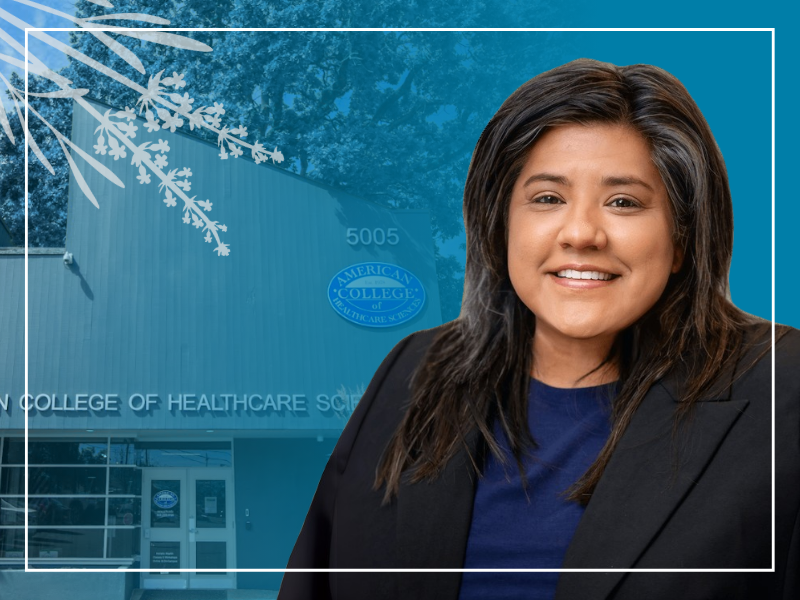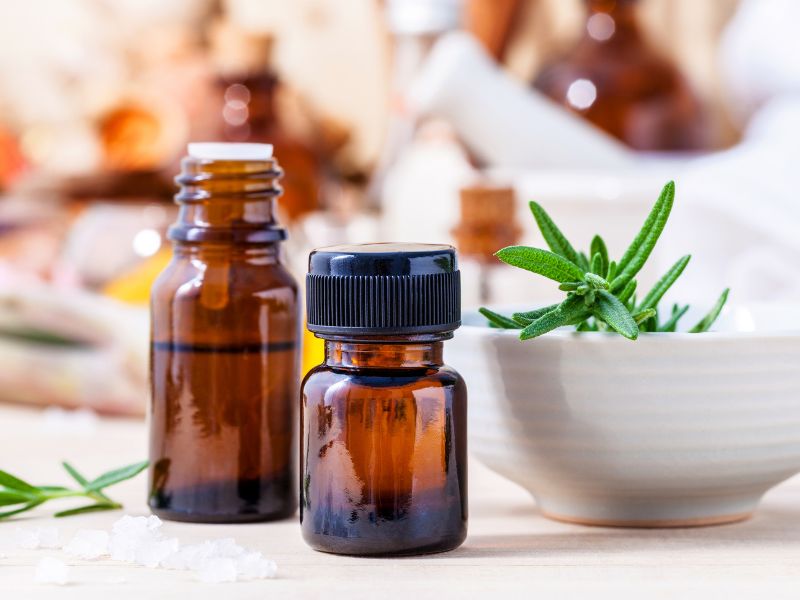Aromatherapy and fragrances play an integral role in a client’s overall perception of a spa’s ambiance. Here are 10 tips to help you incorporate aromatherapy into your spa to enhance your client’s experience. The essential oils mentioned in this posting are listed at the end with their Latin names.
1. It’s important to discuss the use of essential oils with clients during the initial consultation.
Always ask if they would like essential oils to be used during a session and have them smell the oils you plan to use. Not everyone is receptive to all fragrances. The information you gather during the consultation will also alert you to health concerns or medications which may prohibit the use of essential oils (epilepsy, high blood pressure, cancer, pregnancy, herbal remedies, etc.). When in doubt about sensitivity or a skin reaction, do a skin patch test.
2. Be mindful not to overuse fragrances in the spa.
Too many fragrances can be a turnoff to clients. Use uplifting and refreshing fragrances in the reception area and retail space (bergamot, grapefruit, lavender, lemon, peppermint, or sweet orange). If essential oils are used in the therapy room, it is not necessary to use scented candles or diffusers. In a closed therapy room, too many fragrances can become overpowering or suffocating to the client.
3. A facial steamer and hot towel cabinet are important tools in performing a facial, but there are safety factors to consider.
Do not put essential oils on towels and then place them in the hot towel cabinet. As the towels warm up, the essential oil molecules will expand, rise, and may coat the inside of the unit. With continuous use of essential oils on towels, the film that may form on the inside of the hot towel cabinet will be hard to remove and may eventually damage the unit. The same can happen if essential oils are used on a facial steamer. The port where the steam is emitted can cause the felt strip to melt into the unit and it cannot be replaced.
4. If a facial steamer, sauna, Jacuzzi or hydrotherapy tub is used, avoid the use of essential oils that have photosensitive properties.
The heat or steam used in these treatments could cause the photosensitive oils to act as a sun enhancer or cause the skin to burn (bergamot, grapefruit, lemon, lemongrass, lime, petitgrain, and sweet orange).
5. Essential oils can be used in facial treatments, but choose the best essential oil for the skin concern.
Essential oils can be added to a facial cleanser, facial massage oil, masque, or toner.
For acneic/oily skin, try:
- bergamot
- cajeput
- cedarwood atlas
- geranium
- German chamomile
- niaouli
- petitgrain
- spike lavender
- rosemary
- or tea tree Australia
For dry devitalized skin, try:
- frankincense
- helichrysum
- lavender
- patchouli
For sensitive skin, try:
- frankincense
- lavender
- patchouli
- Roman chamomile
- rose (do not use if the client has broken capillaries or Rosacea)
6. Clients who have cancer may have skin challenges and sensitivity to fragrances.
Depending on the type of treatment they are undergoing (chemo and/or radiation) or medication they are taking, essential oils may not be applied topically. However, tea tree Australia is beneficial before and after a radiation session, but not on the day of the session.
Essential oils can be used in other ways such as adding one to two drops in a diffuser or one to two drops on a cotton pad or tissue and placed by the client’s head during treatment. Other oils to consider for use with cancer clients include: bergamot, cajeput, frankincense, lavender, niaouli, patchouli, and rose.
7. Men are going to spas more today than ever before.
Their first choice of treatment is massage, but they are beginning to see the benefits of facials, too. Select essential oils that may be more appealing to men, such as allspice, bay, cinnamon leaf, frankincense, palmarosa, patchouli, and vetiver.
8. Use essential oils locally when addressing concerns such as muscle ache, joint pain, rheumatism, arthritis, or sciatica (black pepper, cypress, ginger, and marjoram).
Not everyone can handle a full body massage with essential oils. Great relaxing essential oils for massage include bergamot, frankincense, lavender, patchouli, sandalwood, and patchouli.
9. Create refreshing sprays to be used in therapy rooms instead of diffusers or candles.
Sprays are a great way to freshen a therapy room between sessions. They can also be used to spray over clients at the beginning of a session to settle or calm them or at the end of a session to refresh them before they leave.
10. The choice of carrier oil is as important as the essential oil you use.
Choose your carrier oil based on the treatment and method of application:
- Almond or sweet almond: good for all skin types
- Apricot: good for all skin types; vitamin A and B
- Avocado: good for dry, undernourished and mature skin
- Grapeseed: good for all skin types and a good substitute for those with nut allergies
- Jojoba: good for all skin types
- Kukui: good for all skin types; vitamins A, E, and F
- Rosehip: good for scar tissue repair, high in vitamin C
- Tamanu: good for damaged skin, stretch marks, and arthritic pain
List of essential oils with Latin names to help with the aromatherapy selection process:
- Allspice Pimento officinalis
- Bay Pimenta racemona
- Bergamot Citrus aurantium var. bergamia
- Black pepper Piper nigrum
- Cajeput Melaleuca leucadendron
- Cedarwood Atlas Cedrus atlantica
- Chamomile German Chamomilla matricaria/Matricaria recutita
- Chamomile Roman Chamaemelum nobile /Anthemis nobilis
- Cinnamon leaf Cinnamomum zeylanicum
- Clove bud Eugenia caryophyllata
- Cypress Cupressus sempervirens
- Frankincense Boswellia carterii
- Geranium Pelargonium graveolens
- Ginger Zingiber officinale
- Grapefruit Citrus paradisi
- Helichrysum Helichrysum angustifolium
- Lavender Lavandula angustifolia
- Lemon Citrus limonum
- Lemongrass Cymbopogon citratus
- Marjoram Origanum majorana
- Niaouli Melaleuca quinquenervia
- Palmarosa Cymbopogon martini
- Patchouli Pogostemon cablin
- Peppermint Mentha ×piperita
- Petitgrain Citrus aurantium
- Rose Rosa damascena
- Rosemary Rosmarinus officinalis
- Sandalwood Santalum album
- Spike lavender Lavandula latifolia
- Sweet orange Citrus sinensis
- Tea tree Australia Melaleuca alternifolia
- Vetiver Vetiveria zizanioides
Disclosure of Material Connection: I am on the ACHS Faculty and a guest blogger for American College of Healthcare Sciences, the Institution that publishes this blog. However, all opinions are my own. This blog may contain affiliate links. I am disclosing this in accordance with the Federal Trade Commission’s 16 CFR, Part 255: “Guides Concerning the Use of Endorsements and Testimonials in Advertising.”
This article is for informational purposes only. It is not intended to treat, diagnose, cure, or prevent disease. This article has not been reviewed by the FDA. Always consult with your primary care physician or naturopathic doctor before making any significant changes to your health and wellness routine.




